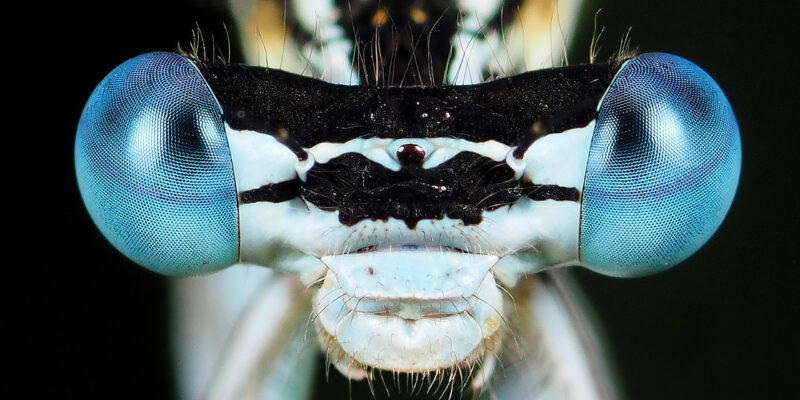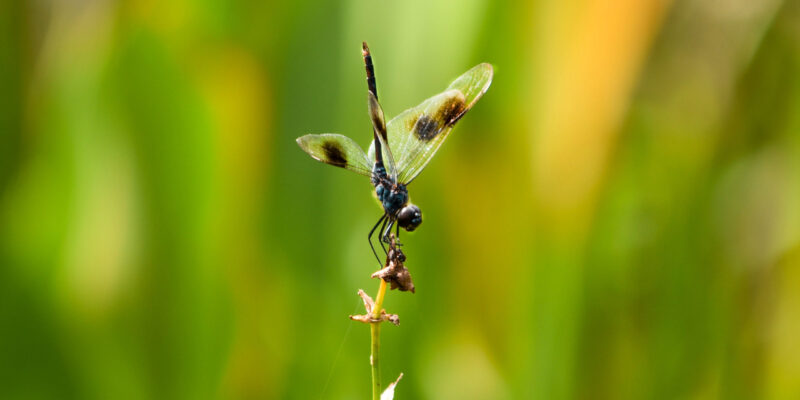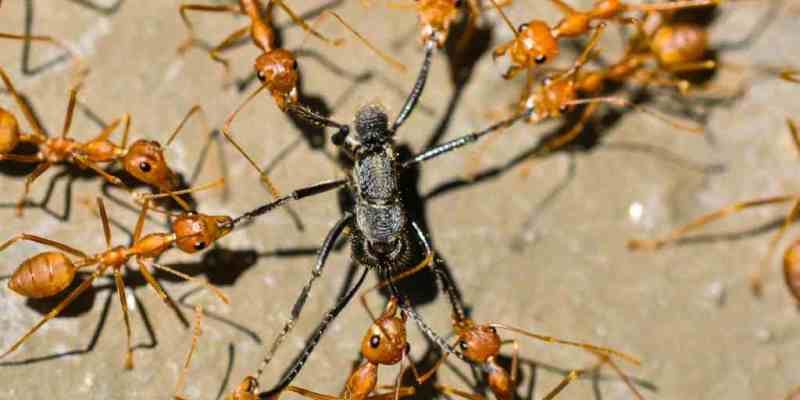Read more about insect sub-classes

PolyneopteraWinged insects, with a broad, fan-like extension to their hind wings, and incomplete metamorphosis.
The higher groups of winged insects, the Neoptera, have the ability to flex their wings so that they can be folded flat over the body.
The evolutionary advantage of this was probably to protect the wings from damage while crawling through vegetation or other confined spaces; this led to the development of thicker fore wings as protective covers for the hind wings and abdomen seen in many insect groups and culminating in highly modified elytra in the Coleoptera.
It is relatively easy to recognise members of the Polyneoptera, as they have a very broad, fan-like extension to the hind wings.
The largest order is the Orthoptera, and the groups sharing this anal fan were initially known as the Orthopteroidea, but this superorder can no longer be maintained as they share no clear derived characters.
There are some better-defined subgroups: for example the Plecoptera, Embioptera and Zoraptera can be united in the Plecopterida; the Orthoptera and Phasmida in the Orthopterida, and the former Blattodea, Mantodea and Isoptera are now united in the single order Dictyoptera. However, this still leaves the Dermaptera with uncertain affinities, so the Polyneoptera is retained as a convenience group until the relationships of all the constituent orders are clarified.

Insect orders in this sub-class
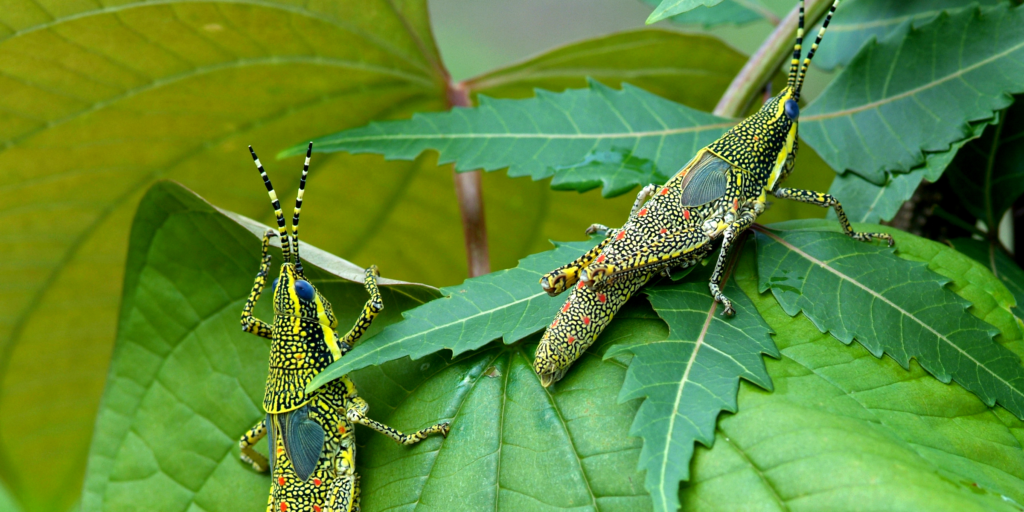
Grasshoppers, crickets and bush-crickets
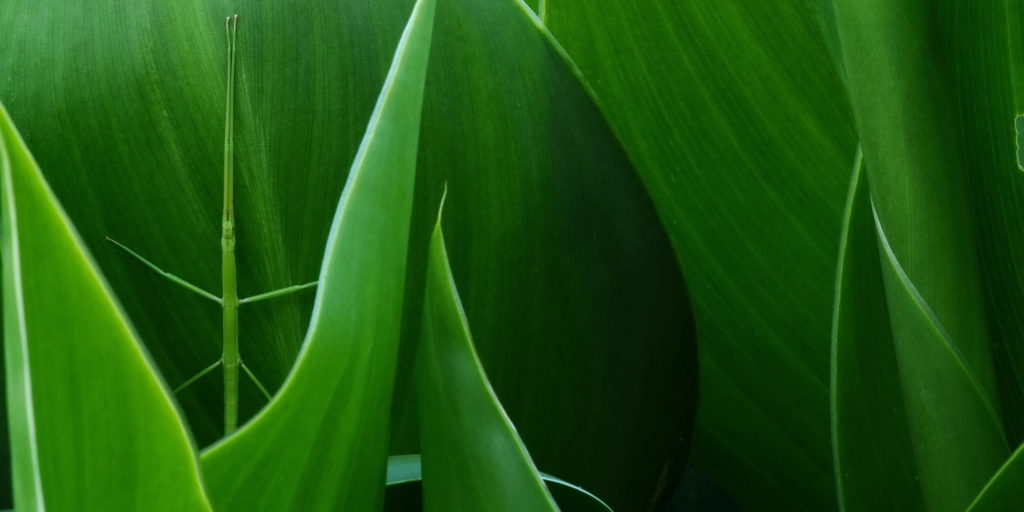
Stick-insects
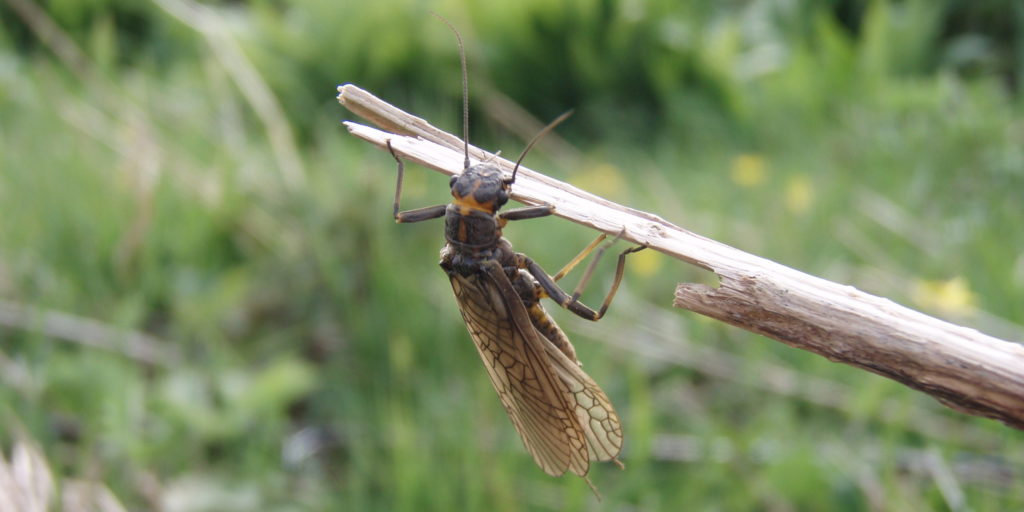
Stoneflies
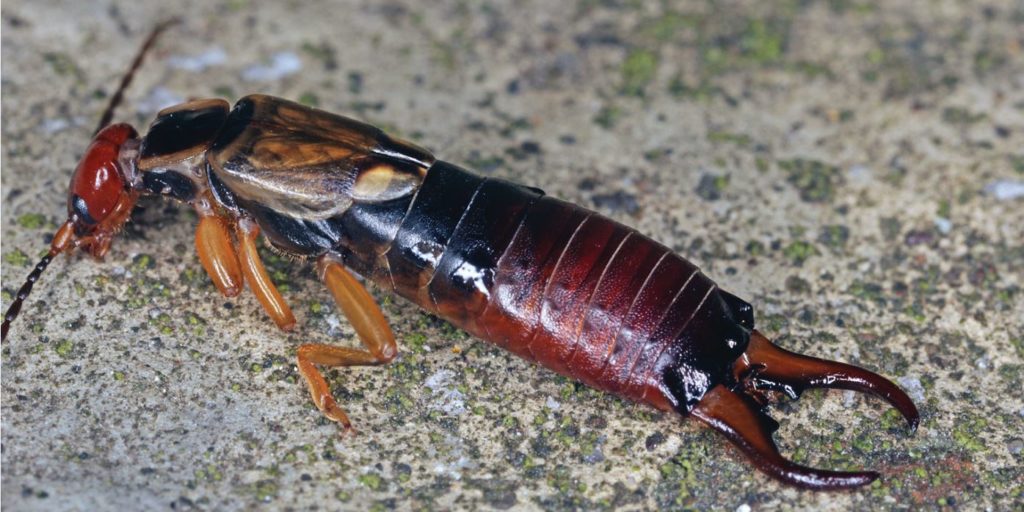
Earwigs
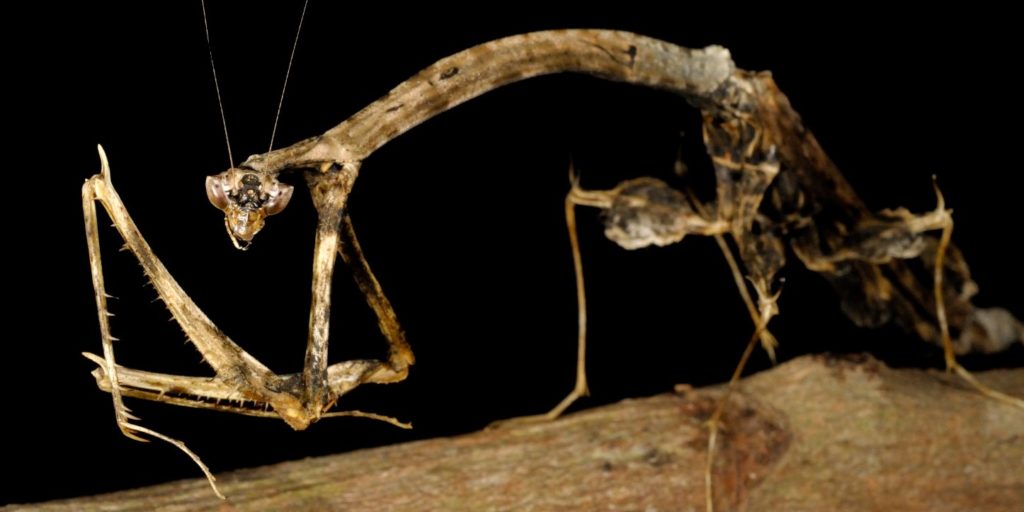
Cockroaches, termites and mantids
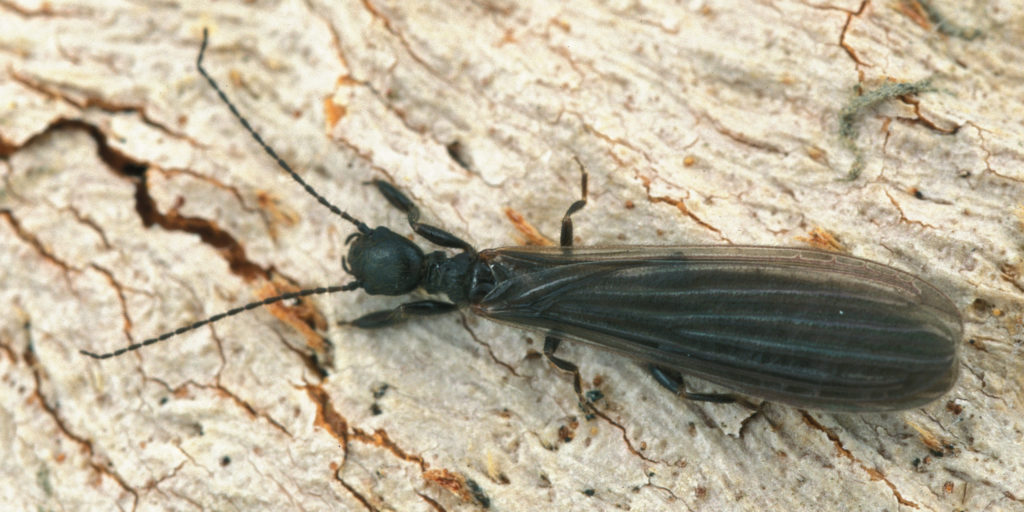
Webspinners
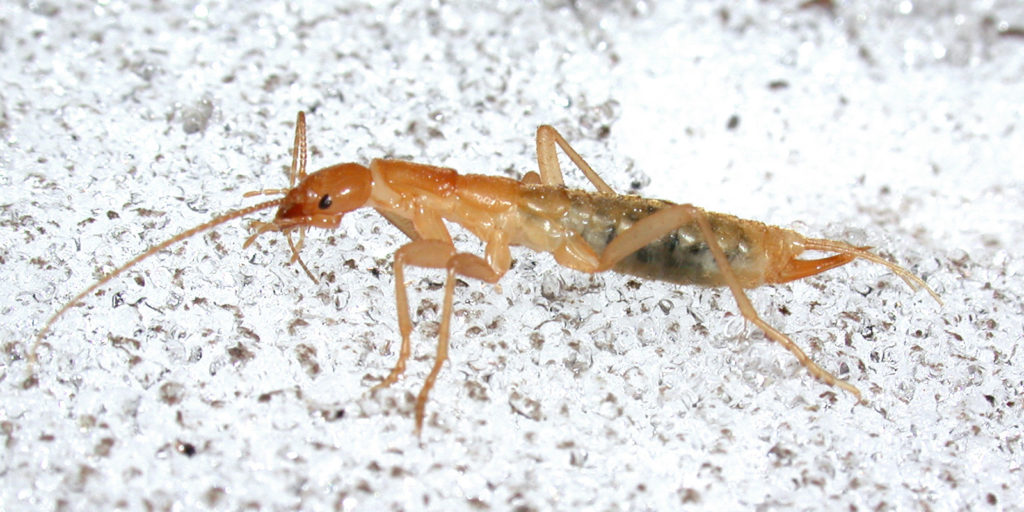
Rock crawlers
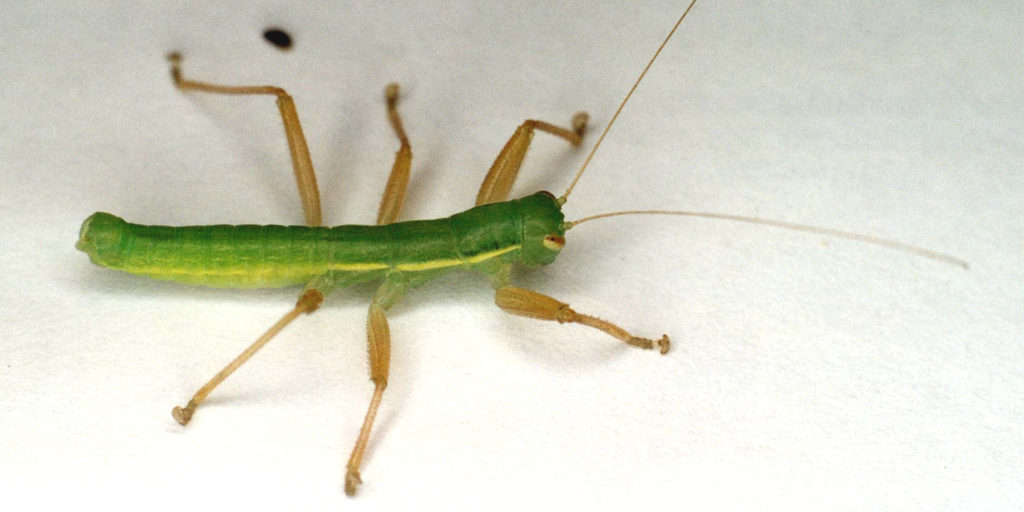
Heelwalkers
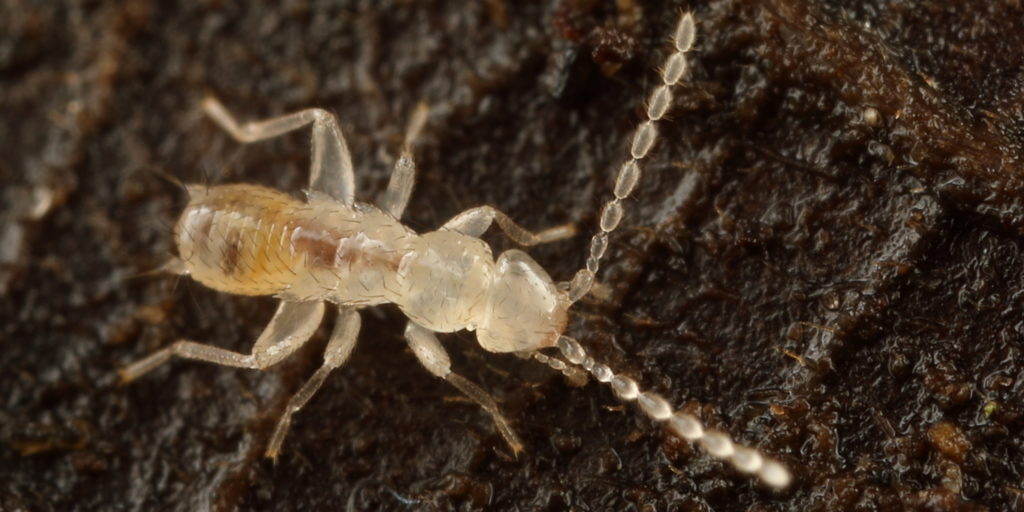
Zorapterans


